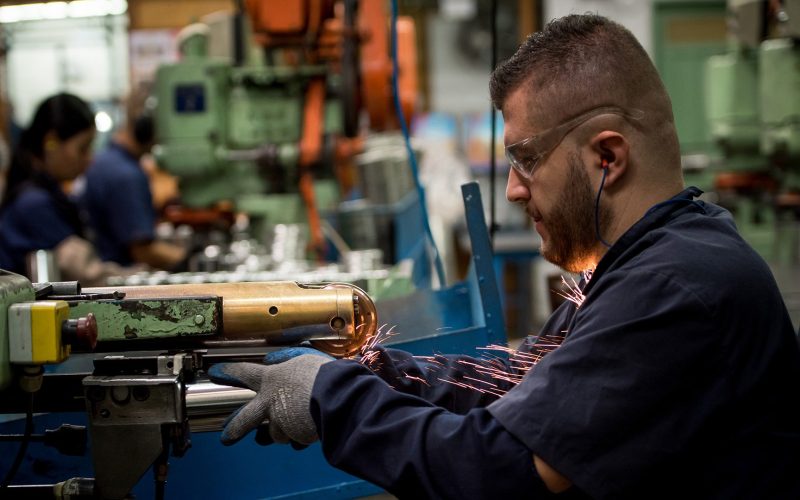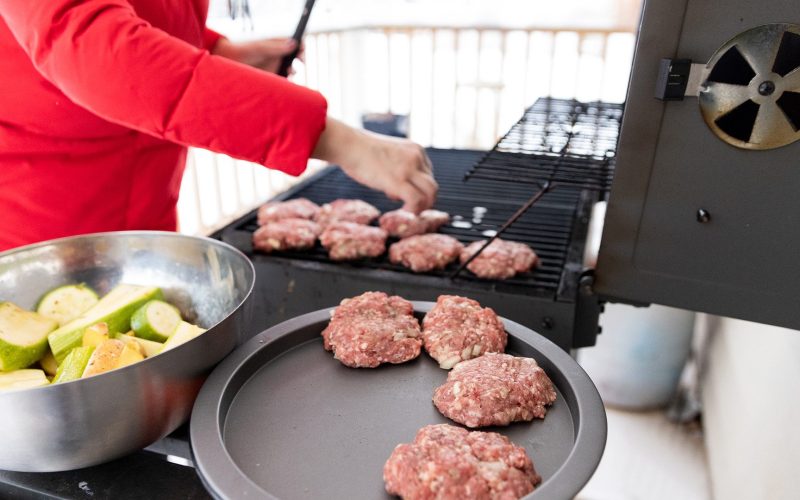THE VOICE FOR THE ENERGY CONSUMER

Your co-worker Larry is at it again this year. The sniffling, the coughing, the sneezing. It is enough to drive you crazy, but mostly, you’re hoping that he’s been kind.

Thousands of residents in New York City went without heat or hot water last Friday as the city experienced the coldest temperatures this season, dipping into the 30s. As temperatures.

Atlanta, Ga. — Consumer Energy Alliance (CEA) today released a Georgia emissions analysis that looks at key pollutants and the overall environmental improvements seen across the state in recent years..

Pennsylvania – The Greater Philadelphia energy market has seen an uptrend in both jobs and manufacturing. The region will benefit from continued growth across several energy sectors including natural gas.

When most people see or think of a pipeline, they may envision just one section – pieces and parts of the full project. Often, this is because we see segments.

Safety is an essential frame of mind, especially if you’re in the building, construction or trades business. Some union organizations believe nearly all deaths, illnesses and injuries in the workplace.

One of the great things about a barbecue is saving money (if done right.) Typically, the host might buy and prep the main course ahead of time so they can.

After the election results made history in some states across the nation, we thought some energy stories would break up all the political talk. Energy influences world economics and families.

While thousands in New York can’t get natural gas hookups because the administration of Gov. Andrew Cuomo has rejected every single pipeline application it has received, the tangled mess of.

Oil and gas and the pipeline industry are vital to Oklahoma’s economy and heritage, but out-of-state activists with deep pockets and an anti-energy agenda are threatening that lifeline: “They’re bringing.